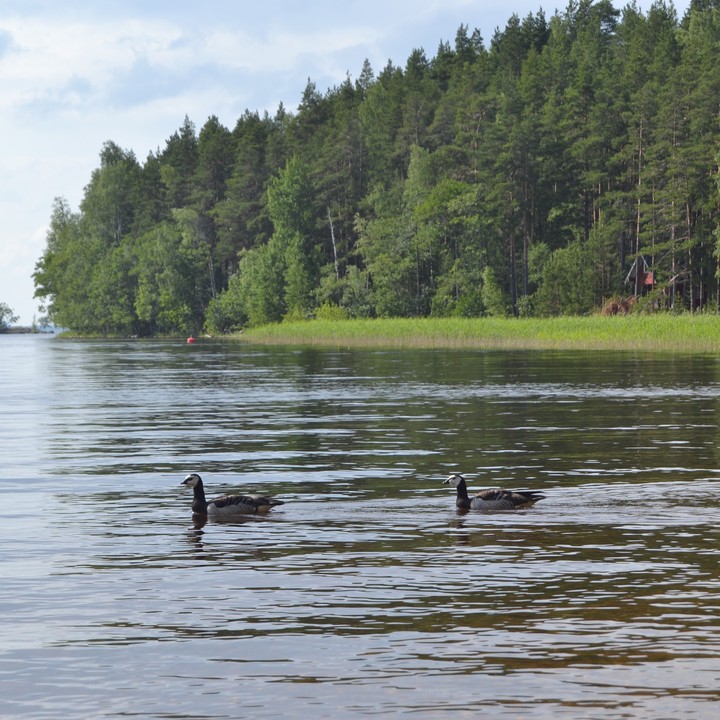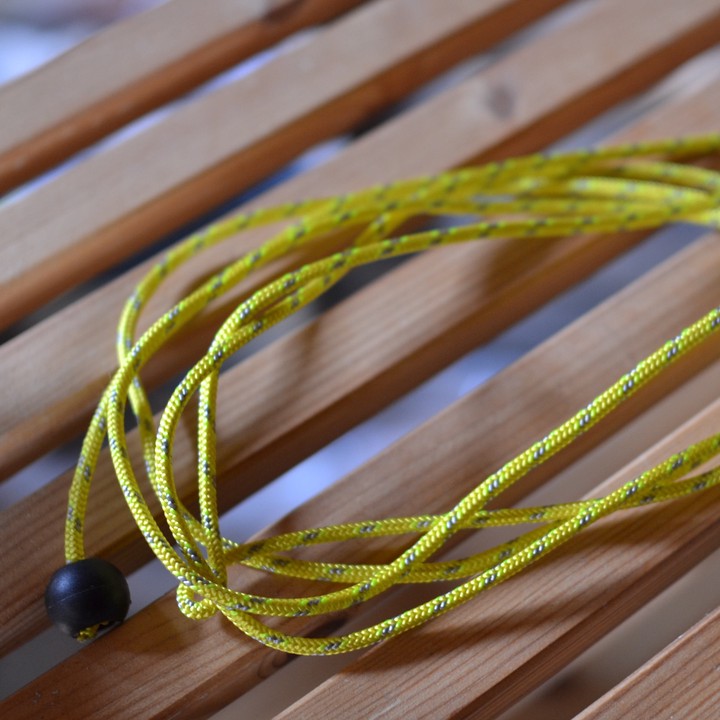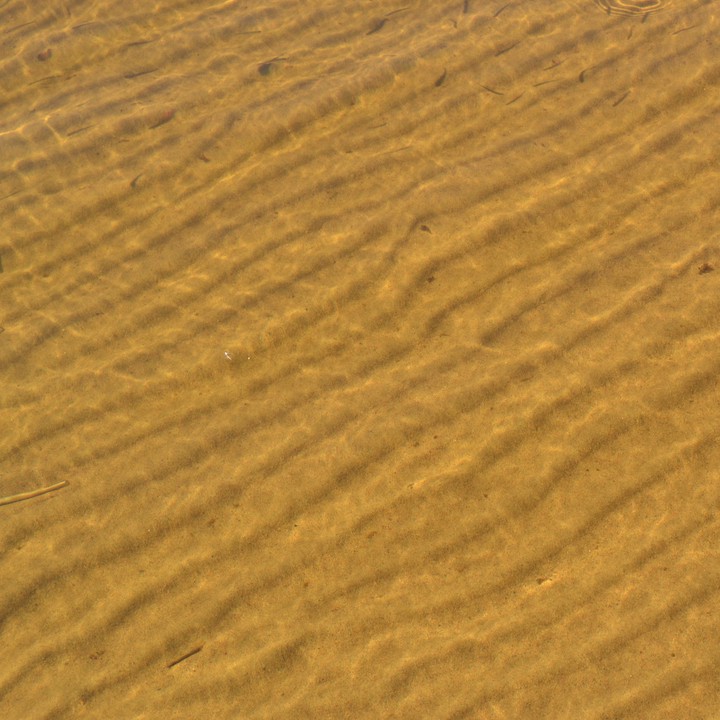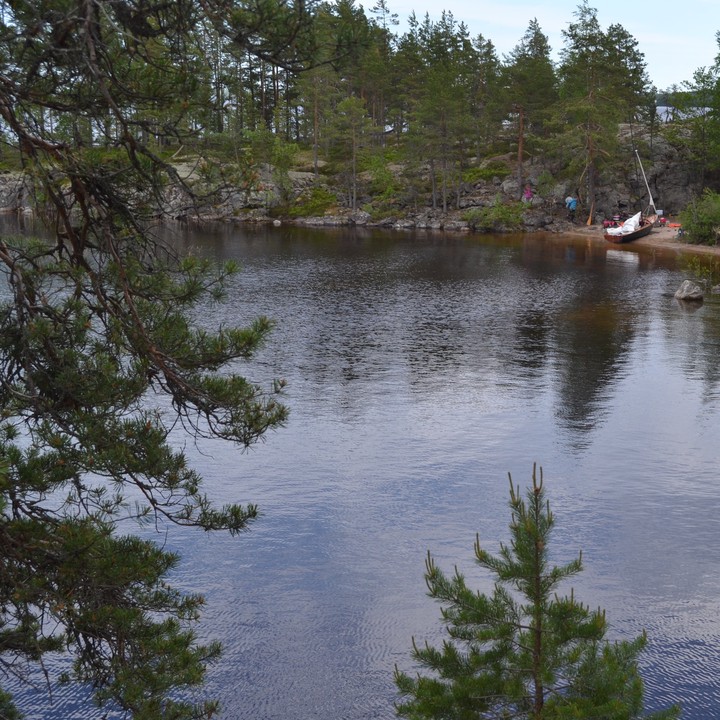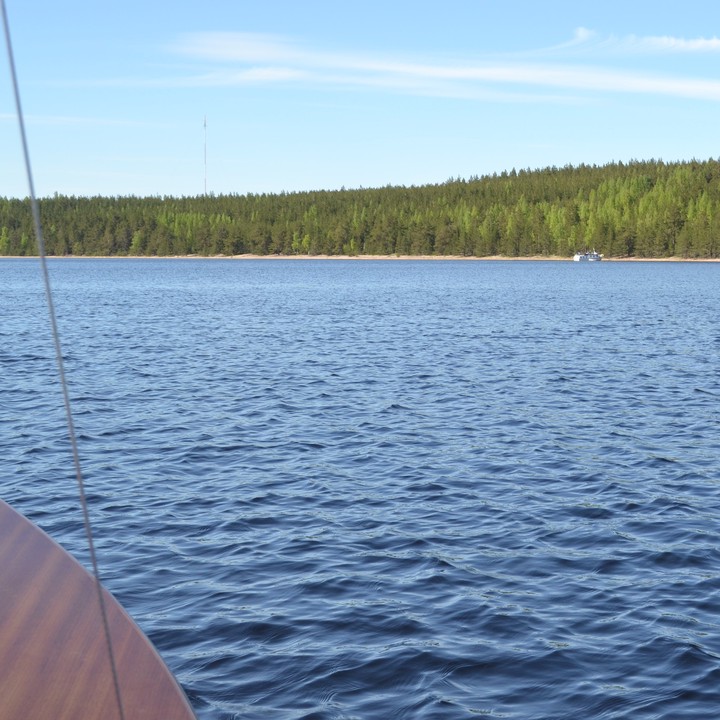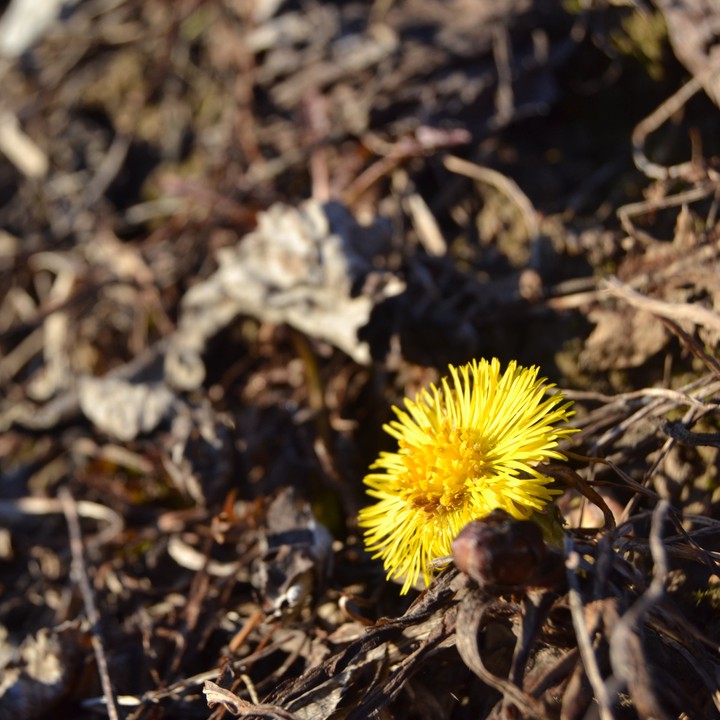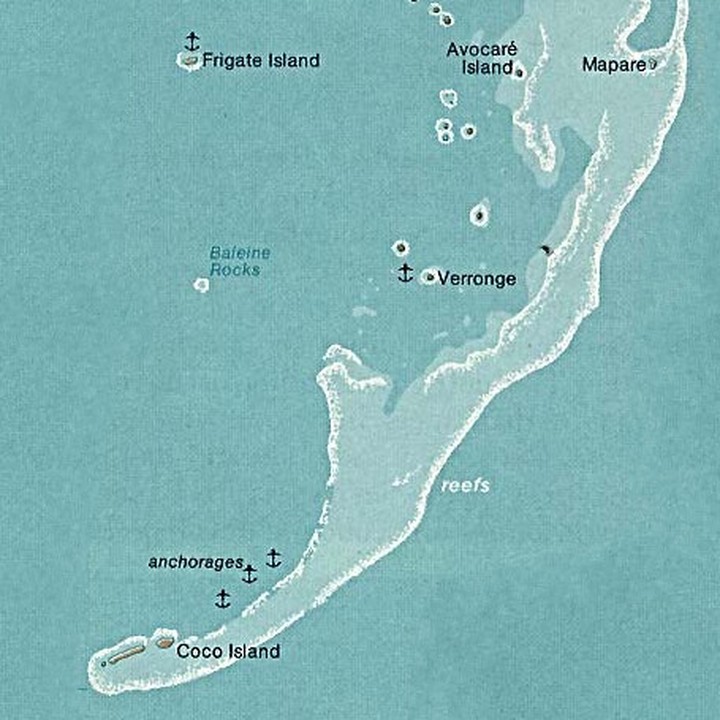Blog
-
Pullikainen
· Suur-Saimaa · Sarastus · 13 MPullikainen island is a nice destination for daytrips in the southern Lake Saimaa. The breeze was light and the temperatures relatively high. It was another great sailing trip. Anchor didn’t hold well. There are two fenders supporting the aft. It’s said that there are plenty of bilberries this year How much fuel do you need to cross The Atlantic Ocean in a boat like this?
-
Dyneema Halyard
· SarastusSarastus had a metal main halyard with a helper rope. The halyard wire had a loop, secure it to the halyard rack on the mast. For some reason racing sailors prefer metal halyards over rope ones, but myself I couldn’t get comfortable with securing the halyard to the rack after raising the mainsail. Many cruising sailors replace the metal halyard with a rope, that not only makes raising the sail more comfortable, but also allows reefing the main. Fixed-length metal wire is far from an ideal solution for reefing.
-
Laajahiekka
· Suur-Saimaa · Sarastus · 21 MThe first hot weekend of this summer came finally. On Friday it was between a strong breeze and moderate gale, but by the evening the weather became more optimal for family sailing. The westerly breeze let us sail to Laajahiekka without any tacks. In front of Lintusalo island we were shown a beautiful sunset too. Laajahiekka beach is a nice place in Lapinsalmenmaa island. The available amenities are a lean-to, toilet and naturally couple of campfires. The sandy beach itself is long and its sand is fine.
-
Peräsaari
· Suur-Saimaa · Sarastus · 25 MWe decided to try an overnight sailing trip as a family. By careful planning and packaging all the sleeping bags, the tent and food fit into the bow and aft lockers of Sarastus, all the gear fitted in very well. The westerly fresh breeze allowed us to broad reach, that made the progress fast. During the sail we heard distant thundering, but it remained there and we didn’t need to find a sheltered shore.
-
Kaito
· Suur-Saimaa · Sarastus · 13 MThe forecast predicted nice conditions between the two stormy days, that made us have a day trip in Sarastus to Kaito island, which is located behind some shallow and rocky waters. Southwestern breeze allowed us to sail without tacking, that made us get through the shallows smoothly. Most of the island is covered by a nature reserve, but there are also some private cottages, whose privacy is to be respected. The special feature of Kaito is the combination of two swampy ponds, that are connected by a small inlet. There are no proper continuous path around the island and you have to be prepared walking in a wild forest most of the time, to get around. The sandy beach on the southern shore is a nice spot. According to our sources Kaito should have a toilet, but we couldn’t find any.
-
Päihänniemi
· Suur-Saimaa · Sarastus · 6 MThe school year ended and the sailing season was started. As the surface water temperature was almost 15°C and there was a light breeze, we decided to have a short day sailing trip. We launched Sarastus and headed for Päihänniemi peninsula, to have a picnic there. The wind was blowing from the northwest, that made the local weather on the southern beach was really warm. It felt really like a summer already.
-
Cold Waters
The springlike weather outdoors starts to be at its best and the last remains of the ice vanished weeks ago. When watching the blue open lake in a warm sunny day, not many boaters can resist the thought of launching for the first trip. However, there is a glacial fact slowing down your enthusiasm, namely water temperature. The normal temperature of human body is about 37°C and it varies depending on the time of day 0.5°C to both directions. [1] When your body temperature falls under 35°C, it’s called as hypothermia. Its symptoms are hunger, malaise, obmutescene, fatigue, bad-temperedness, slurry speech and incoherence. [2] The following table shows referential information about the impact of cold. It should be remembered, that before exhaustion and unconsciousness, hypothermia lowers your performance, and also there are individual differences.
-
Spring on the Horizon
It’s good to start the sailing season with a flower theme again. I don’t know, if this early flowering is related to the famous climate change. Whatever, something similar has happened in the Gulf of Finland too, where the first paddlers and sailors had a “[false start]” for the season. At Lake Saimaa the launchings have to wait still, because the lake is covered by 30 cm ice. The trend looks promising overall.
-
The Dinghy Cruising Companion
Last year Roger Barnes published a book about dinghy cruising, named as [The Dinghy Cruising Companion]. Many consider it as a classic right from the beginning. The book covers practically all fields of dighy cruising well-informed and accurate way. When the author was younger, he sailed dinghies, but as he became older and wealthier, he decided to move on to bigger sailing boats. He sailed a six-ton cutter for many years and her sea-worthiness was superior to that of dinghies. However, eventually he sold her, to make a return to dinghy sailing. The author noticed covering more nautical miles in the dinghy than in the yacht. Nowadays he is a president of Dinghy Cruising Association in United Kingdom and is an author of several articles in the recognized Classic Boat magazine.
-
Team Vestas Wind Grounded
Volvo Ocean Race is likely the most followed around the world like sailing race, which lasts for several calendar months, and is sailed every three years. The current race started in October 19th 2014 in Alicante Spain and ends in Gothenburg Sweden. There are seven multinational teams, that sail under certain national flags. It’s a one-class race for Volvo Ocean 65 boats, which is a 67 feet long and 10,750 kg (23,700 lb) heavy hi-tech sailboat. You can follow the teams real-time in the web page or with smart phone. The race news center produces several videos every day and you can watch them easily in Volvo Ocean Race page on Youtube.
